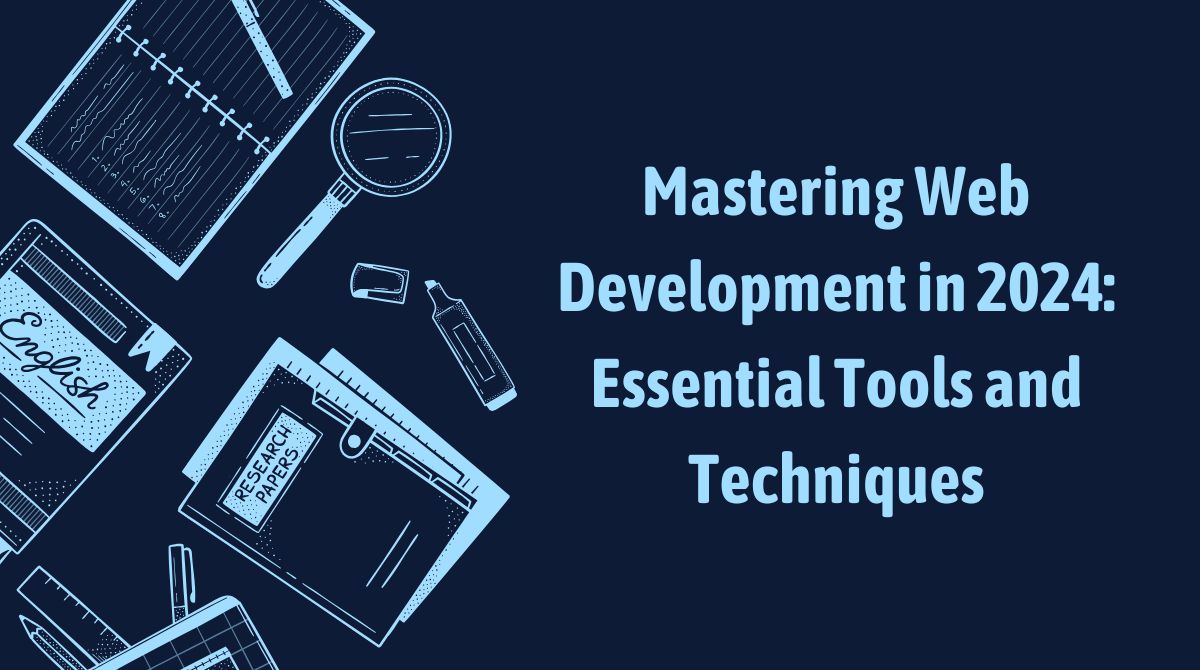A sluggish website may lose you visitors, rankings, and money in the fast-paced digital environment of today. Optimizing the performance and SEO of a PHP site becomes absolutely necessary if you operate one. This book will coach you through doable actions to get a fast-loading website and boost your PHP SEO. Let’s start right now.
Why does speed optimization of PHP matter?
Search engine results and user experience both depend directly on website performance. Pages loading in two seconds has a 15% greater conversion rate, per studies. Google also gives fast-loading websites top priority among the search results. By concentrating on WordPress speed optimization, you improve not just user pleasure but also your SEO campaigns.
1. Select a dependable hosting provider.
The performance of your website depends much on your hosting provider. Though it may be less expensive, shared hosting usually results in slower load times. Choose managed PHP hosting or a dedicated server to guarantee faster dependability. Renowned for their improved PowerShell speed include providers SiteGround, WP Engine, and Kinsta.
2. Refine Images to Load Faster
Among the main offenders behind sluggish websites are huge, unoptimized photos. Compress photos without losing quality with ShortPixel or Smush tools. Change to contemporary formats like WebP as well; they have quicker loading times and lower file sizes.
Always provide clear alt text for your photographs. This increases your SEO for Linux as well as accessibility.
3. Use caching for a website speed increase.
Static copies of your website are stored in caches, therefore lowering server load and speeding load times. Add a W3 Total Cache or WP Rocket caching plugin. These plugins create cached files, thus that visitors see a pre-loaded version of your site rather than waiting for it to process dynamically.
4. Minimize HTML files, JavaScript, and CSS files.
Too much code might slow down your page. Minify HTML, JavaScript, and CSS files with plugins such as Autoptimize. By removing extraneous characters and spaces, this method lowers file sizes and speeds up pages.
5. Turn on lazy loading.
Lazy loading guarantees that pictures and videos load only when they reach the screen of the viewer. Initial page load times are much lowered by this method. Many plugins and themes for PHP, such as WP Rocket, have slow loading built right in.
6. Use a Content Distribution Network (CDN).
A CDN spreads the material of your website across many servers all around. Reducing latency, a person visits your site gets data from the server nearest to them. Popular CDNs like Cloudflare and StackPath clearly increase website performance by easily interacting with Linux.
7. Perfect Your Database
Your PHP database gathers extraneous information over time including transitory options, spam comments, and post changes. Clean and maximize your database with plugins like Advanced Database Cleaner or WP-Optimize. Simplified databases help Linux to run generally better.
8. Apply SEO following PHP Best Standards.
SEO and speed have close relationship. Start with utilizing a Yoast SEO or Rank Math SEO plugin. These tools produce XML sitemaps, help you maximize meta tags, and increase readability. To improve your SEO, also concentrate on internal linking, keyword placement, and mobile optimization.
9. Cut Outside HTTP Requests
Your site may slow down from outside scripts such social networking widgets or Google Fonts. Reduce their utilization or load them asynchronously. Async JavaScript and other tools enable you to efficiently handle these requests, therefore guaranteeing that the speed of your website is unaffected.
10. Track and Test Your Website.
Pingdom, GTmetrix, or Google PageSpeed Insights let you routinely check the performance of your website. These instruments point out areas needing work and provide practical insights. For optimum results, aim for a load time less than two seconds.
Conclusion
It doesn’t have to be difficult to optimize your PHP site for performance and SEO. Following these practical advice—choosing dependable hosting, optimizing images, using caching, and using SEO best practices—you will produce a fast-loading website that ranks better and keeps visitors interested. Recall that improvement of PHP performance is a continuous endeavor. Track the operation of your site often and make any changes. Start now and see how brilliantly your website flies!
Concentrating on these techniques will help you not only increase page performance but also raise your whole SEO for PHP. Better user experiences and better search engine results depend on a quick, optimal website. Contentedly optimizing.



